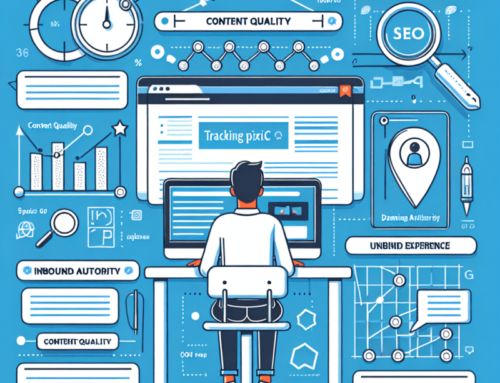Artificial Intelligence (AI) and Machine Learning (ML) have become buzzwords in the business world, but their understanding and application still pose challenges for many companies. With the potential to transform entire industries, these technologies are driving a new era of automation and efficiency. However, to fully leverage these innovations, it is crucial for businesses to understand what they are, how they work, and how they can be integrated into their business strategy. This article provides an in-depth look at AI and ML, highlighting their benefits, challenges, and key considerations for organizations.
1. Defining Artificial Intelligence and Machine Learning
Artificial Intelligence is a field of computer science that aims to create systems capable of performing tasks that typically require human intelligence. These tasks include everything from voice recognition and decision-making to natural language processing. Machine Learning, on the other hand, is a subset of AI that allows machines to learn from data and improve their performance without being explicitly programmed. Through algorithms and mathematical models, ML identifies patterns in data and uses this information to make decisions or predictions.
2. Applications of AI and ML in the Business World
The applications of AI and ML in the business world are vast and varied. From process automation to enhancing customer experience, these technologies can bring significant value to organizations. Some examples include:
- Process Automation: Companies across industries are using AI to automate repetitive tasks, such as invoice processing, inventory management, and customer support through chatbots.
- Predictive Analytics: Using ML, businesses can analyze large volumes of historical data to predict future trends, enabling more informed decision-making.
- Marketing Personalization: AI allows for the personalization of marketing campaigns based on customer behavior and preferences, increasing effectiveness and ROI.
- Predictive Maintenance: In industries like manufacturing, ML is used to predict when a machine might fail, allowing companies to perform preventive maintenance and avoid costly downtime.
3. Benefits of Implementing AI and ML in Your Business
Implementing AI and ML in a business can offer numerous benefits. Some of the most notable include:
- Increased Efficiency: By automating repetitive tasks and optimizing processes, businesses can reduce costs and increase productivity.
- Improved Decision-Making: With access to advanced data analytics, businesses can make more informed and strategic decisions.
- Innovation and Competitiveness: Adopting AI technologies allows businesses to innovate and stay competitive in an ever-evolving market.
4. Challenges in Implementing AI and ML
Despite their benefits, implementing AI and ML is not without challenges. Some of the main obstacles include:
- Implementation Cost: Adopting these technologies may require significant investment in infrastructure, software, and specialized talent.
- Technical Complexity: Implementing AI and ML can be technically complex, requiring deep knowledge of algorithms, programming, and data analysis.
- Privacy and Security: The use of AI and ML involves handling large amounts of data, raising concerns about privacy and information security.
5. How to Prepare Your Business for AI and ML
To fully realize the potential of AI and ML, businesses must adequately prepare. Some key steps include:
- Investing in Talent: Hiring or training professionals with skills in AI, ML, and data analysis is essential for successfully implementing these technologies.
- Starting with Pilot Projects: Before full-scale implementation, it is advisable to start with pilot projects to assess impact and adjust strategies as needed.
- Fostering a Culture of Innovation: Successfully integrating AI and ML requires a business culture that values innovation and is willing to adapt to new technologies.
Conclusion
Artificial Intelligence and Machine Learning are transforming the business landscape, offering unprecedented opportunities to improve efficiency, decision-making, and competitiveness. However, to reap these benefits, it is crucial for businesses to understand both the opportunities and challenges these technologies present. By adequately preparing and adopting a strategic approach, businesses can position themselves to lead in the AI era.







Leave A Comment